Optimal Timing for Sanding and Staining
Timing plays a crucial role in the success of sanding and staining projects. Optimal conditions ensure proper adhesion, drying, and durability of the finish. Understanding seasonal and weather patterns can help determine the best time to undertake these services.
Dry, mild weather with low humidity is best for sanding and staining, preventing issues like uneven drying or peeling.
Spring and early fall are typically optimal seasons due to moderate temperatures and lower moisture levels.
High heat can cause rapid drying, leading to cracks, while cold weather can hinder proper curing of stains.
High humidity can extend drying times and affect stain absorption, so periods of low humidity are preferable.

Spring offers moderate temperatures and lower moisture, ideal for preparation and finishing.

Early summer provides warm, dry days suitable for staining projects.
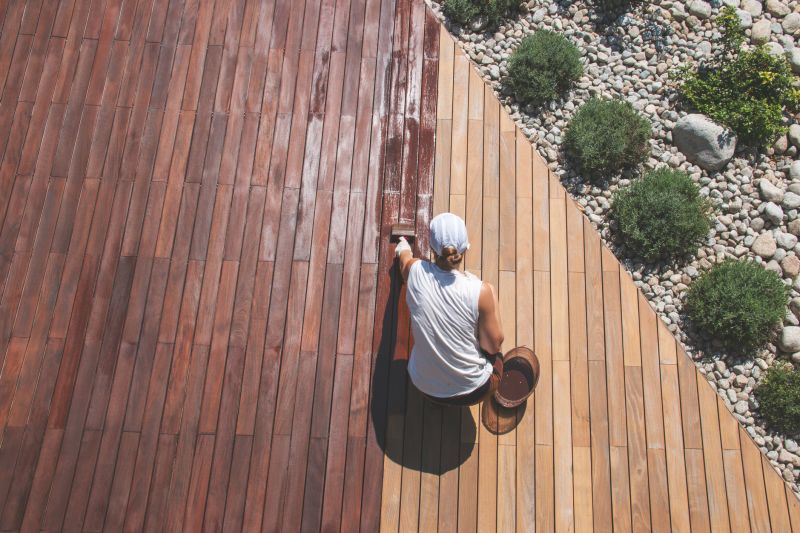
Late fall and winter are less ideal due to cold and humidity, but can be effective with proper planning.

Ways to make Sanding And Staining Service work in tight or awkward layouts.

Popular materials for Sanding And Staining Service and why they hold up over time.

Simple add-ons that improve Sanding And Staining Service without blowing the budget.
| Season | Best Conditions |
|---|---|
| Spring | Moderate temperatures, low humidity, ideal for preparation and finishing |
| Summer | Warm, dry days suitable for staining and sealing |
| Fall | Mild weather, good for projects before winter |
| Winter | Cold and humid, less suitable unless climate permits |
Sanding and staining services enhance the appearance and longevity of wood surfaces, including decks, floors, and furniture. Properly executed, these treatments can extend the lifespan of wood by protecting it from moisture, UV damage, and wear. Statistics indicate that surfaces treated with quality sanding and staining can last 3-5 years longer than untreated wood, reducing maintenance costs over time.
The process involves removing old finishes, smoothing the surface, and applying stain or sealant to achieve a desired aesthetic and protective layer. Advances in staining products now offer enhanced durability, UV resistance, and color retention, making timing and proper application critical for optimal results.
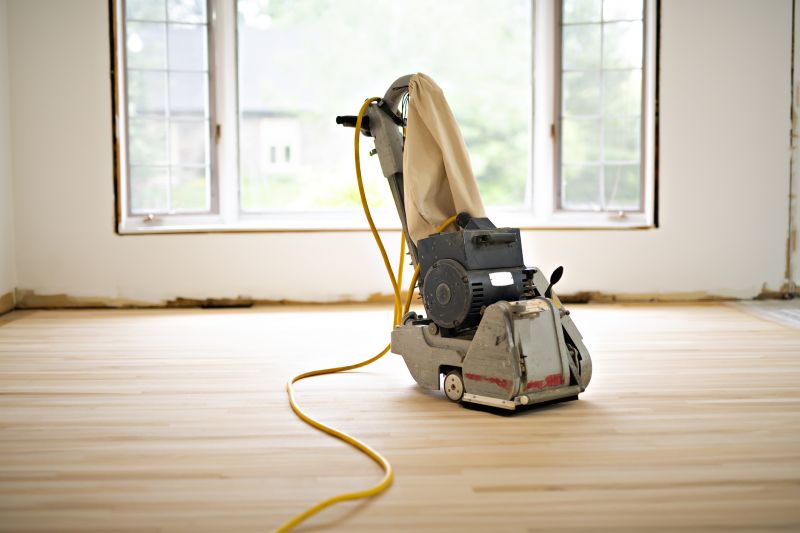
High-quality sanders ensure smooth surfaces for optimal stain absorption.

Proper application methods improve finish uniformity and longevity.
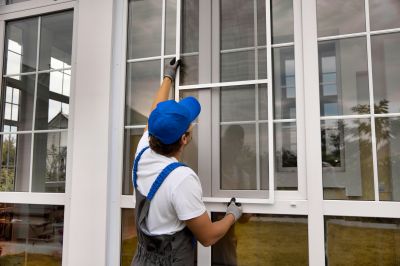
Checking weather forecasts helps plan for ideal conditions.
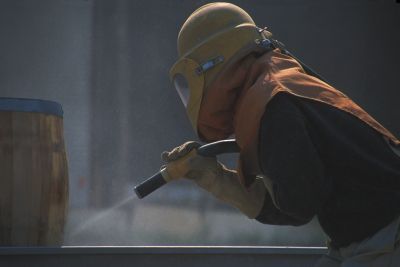
Safety equipment ensures safe and effective sanding and staining.
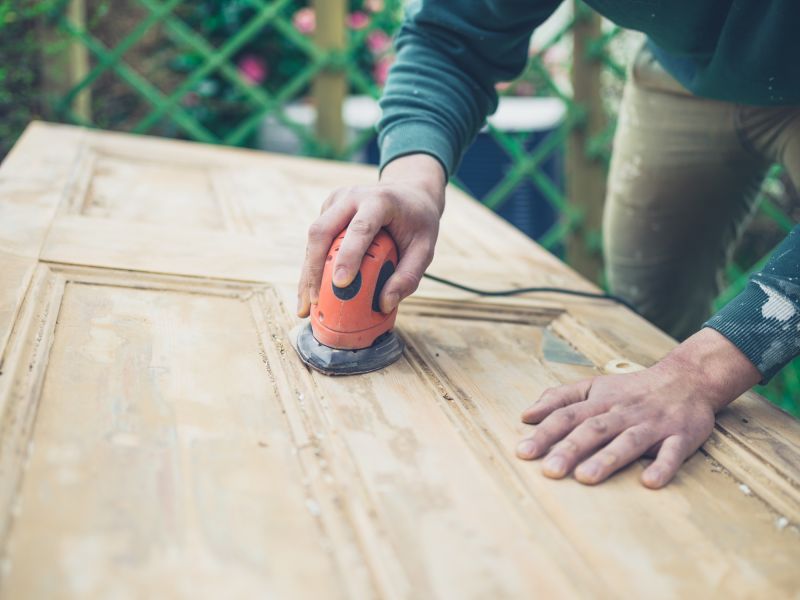
High-end options that actually feel worth it for Sanding And Staining Service.
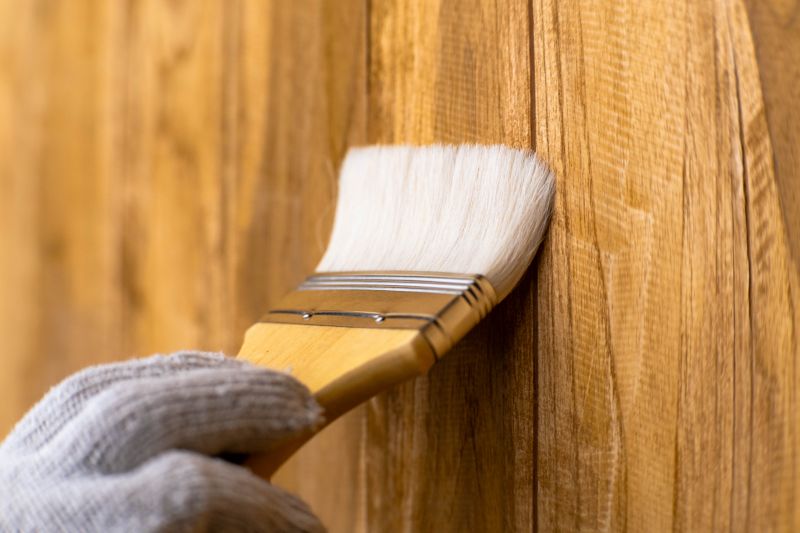
Finishes and colors that play nicely with Sanding And Staining Service.

Little measurements that prevent headaches on Sanding And Staining Service day.
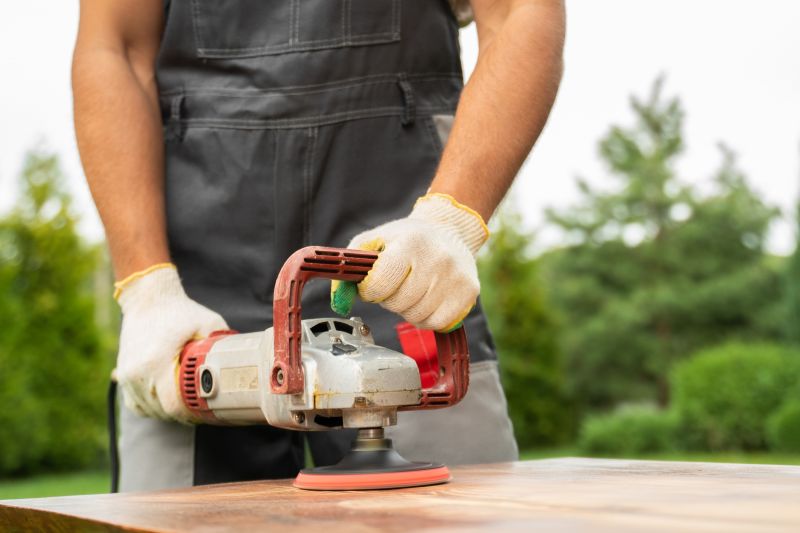
A 60-second routine that keeps Sanding And Staining Service looking new.
Interested in scheduling a sanding and staining service? Filling out the contact form can help determine the best timing based on local weather conditions and your specific project needs. Proper planning ensures a high-quality finish that lasts for years.
